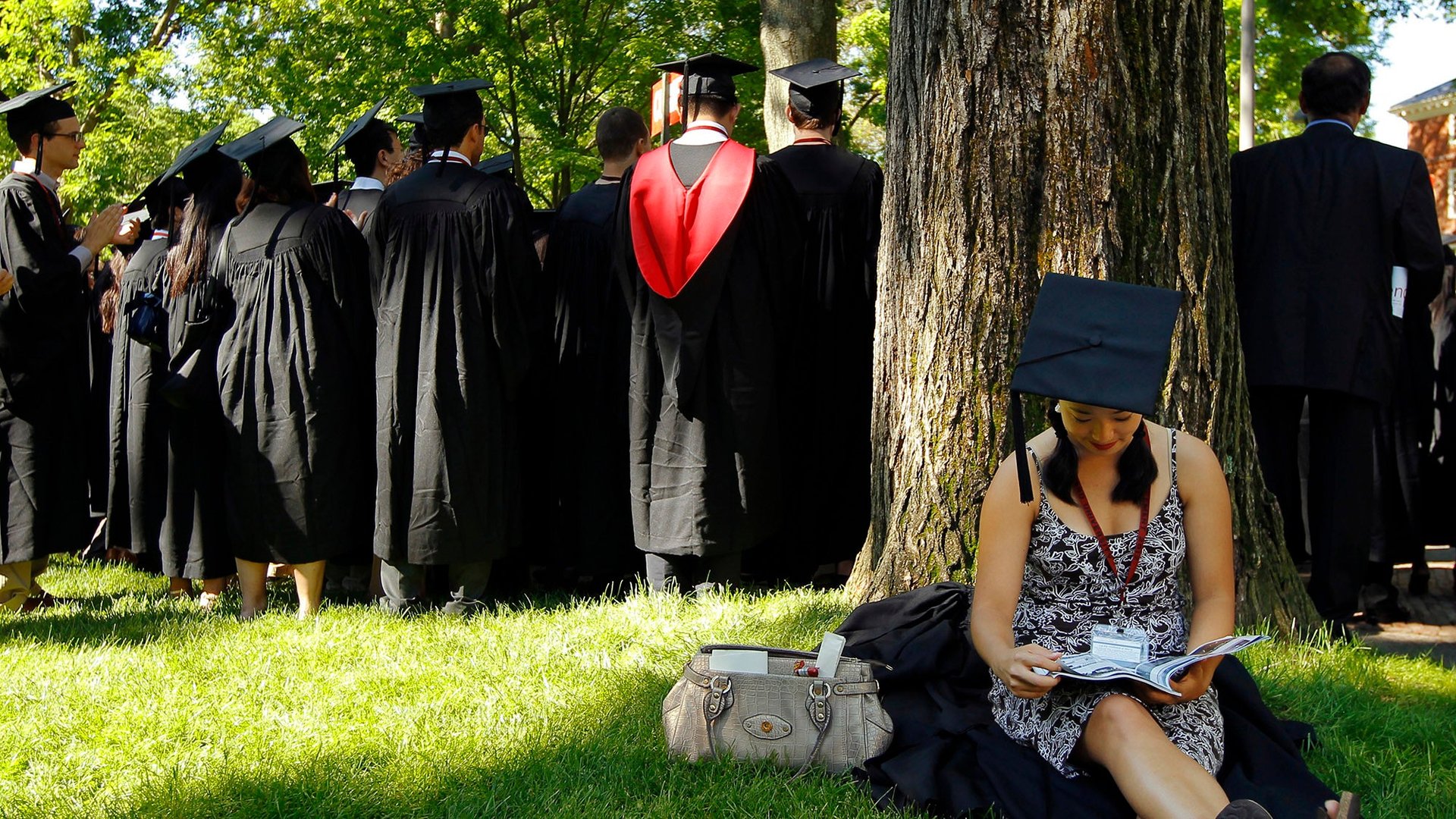Why Harvard raising a record-breaking $7 billion is bad news for US education
Harvard University has raised $7 billion, since its fundraising campaign began in 2013. In the process, it has set a new record, beating Stanford University, which raised $6.2 billion in its last campaign that ended in 2011.


Harvard University has raised $7 billion, since its fundraising campaign began in 2013. In the process, it has set a new record, beating Stanford University, which raised $6.2 billion in its last campaign that ended in 2011.
If you are a Harvard graduate, the money is good news. It’s going to mean that Harvard can secure its place as the top university in the world for longer. It can grow its $36-billion endowment even more and make itself a little more immune to financial shocks, such as the 2008 crisis when its endowment shrunk to nearly half.
For the majority of US higher education, however, Harvard’s record is bad news. There are two ways to explain why.
Econ 101
Harvard’s campaign is extending the streak of large philanthropic donations given to already very wealthy universities, who pay no tax on their endowments or on the gains they make by investing the endowment money. In fact, according to the Wall Street Journal (paywall), “about half of US endowment wealth is held by two dozen schools enrolling 5% of the roughly 20 million students attending American colleges and universities.”
A 2015 analysis (pdf) looked at how much tax subsidies different kinds of US higher education institutions received. The disparity in the sums was huge.
Strengthen the weak
Another way to understand why Harvard’s record is bad news for US higher education is through an argument put forth by the writer Malcolm Gladwell in his podcast Revisionist History. He says that philanthropists who donate to poorer institutions are likely to going to get a lot more bang for the same buck.
To explain why, Gladwell uses two theories.
One theory was put forth in The Numbers Game. In certain sports, the best team is that which focuses on its best player. For instance, in basketball, a single player can change the outcome of the game through simply superior skill to score three-pointers. This makes basketball a “strong-link” sport. At the opposite end are “weak-link” sports. In soccer, for instance, there are very few opportunities to score, which means that every error can have a much greater impact on the outcome of the game. So the best team is that which strengthens its weakest player.
The other theory was put forth by economist Joel Mokyr of Northwestern University. Mokyr wanted to find out why the Industrial Revolution began in the UK and not in France or Germany. One answer was that the UK had more geniuses, such as James Watt, who invented the steam engine. However, Mokyr’s analysis finds that, in fact, the reason it began in the UK is because it had a greater number of “mechanically minded backyard tinkerers” than anyone else.
Like the UK in the 19th century, Gladwell argues the US is entering a new Industrial Revolution. This revolution, too, is a weak-link phenomenon—which means the US must focus on improving the ability produce far more highly skilled people than invest in producing a handful of geniuses.
Nothing changes
After looking at the disparities in tax subsidies received by elite institutions compared to others, many economists suggested that a progressive endowment tax is a fair way of redistributing wealth to poorer institutions. Sadly, however, none such proposals have come to fruition.
For instance, in the latest example, the cash-strapped state of Connecticut attempted to levy just such a tax on Yale University’s $26-billion endowment earlier this year. Within weeks, it quietly dropped the legislation because of a lack of internal support.
We may assume that philanthropists must surely give money with the sole aim of doing the most good that their money can do. But, in fact, most philanthropists don’t think about that. A lot of them give the money because they are alumni of those institutions. Others give it because they get to put their name to a cause and thus secure a legacy.
So far, almost all donations of $100 million or more given to a US educational institution have gone to elite institutions. Harvard’s $7 billion shows that the trend is unlikely to change.